Kupi ONLINE i uštedi

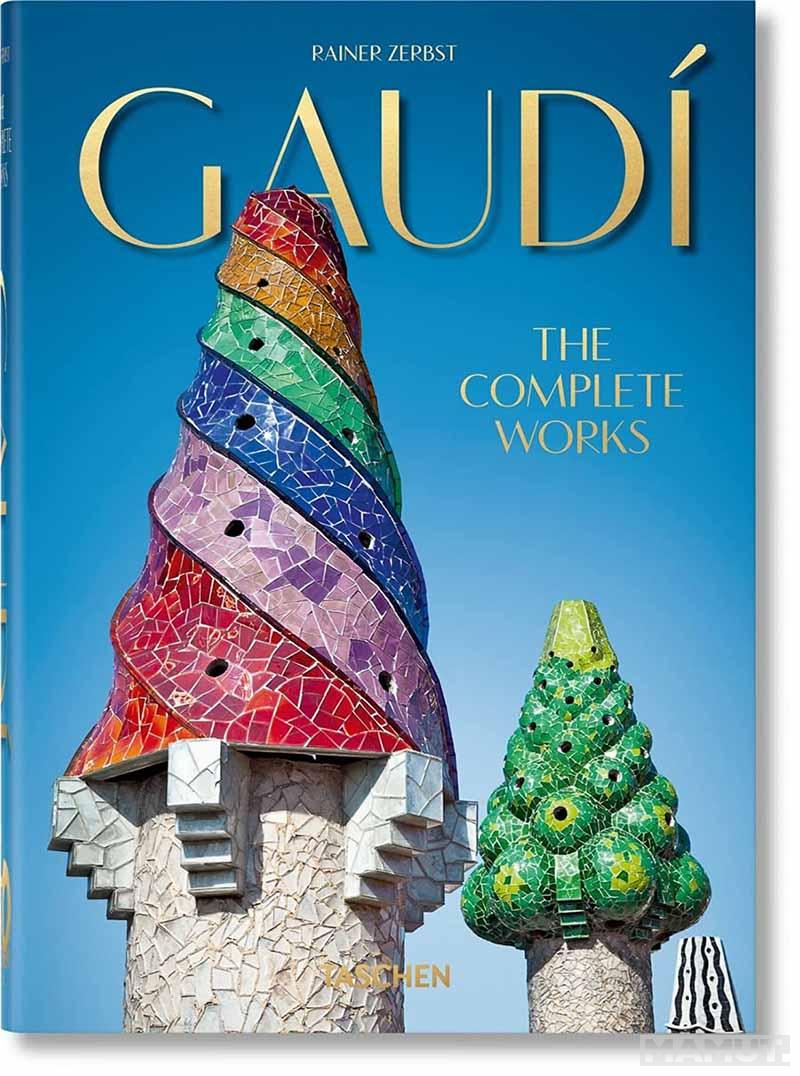
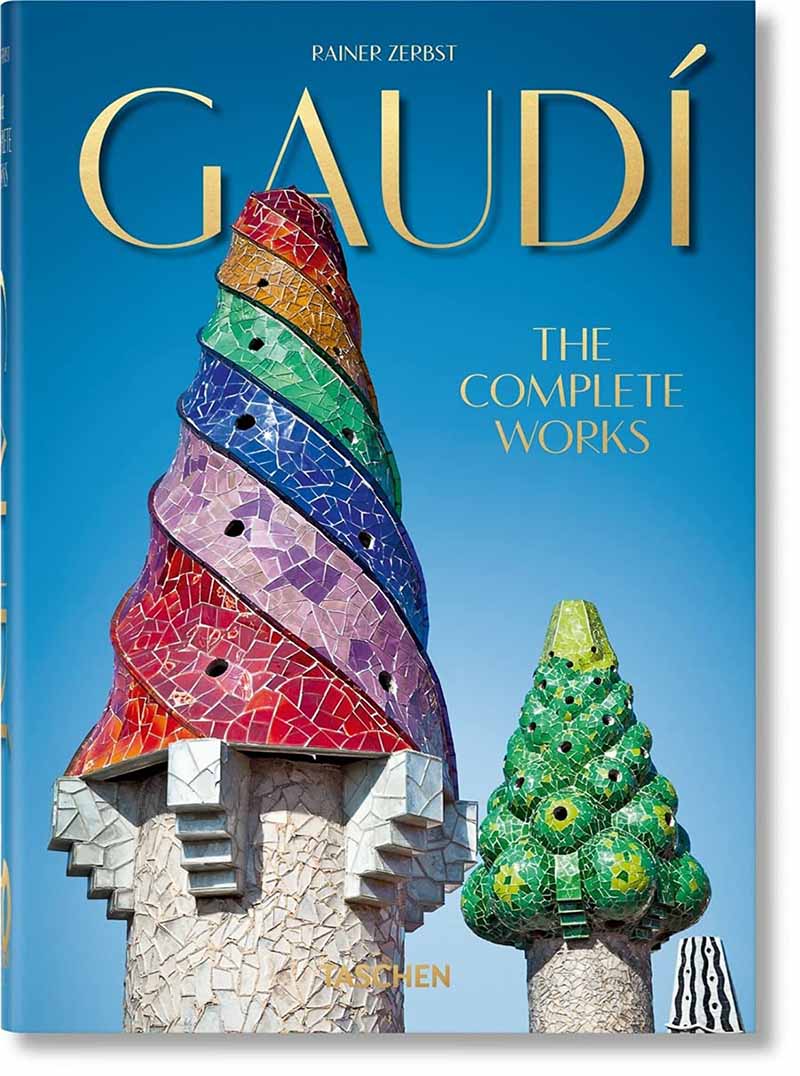
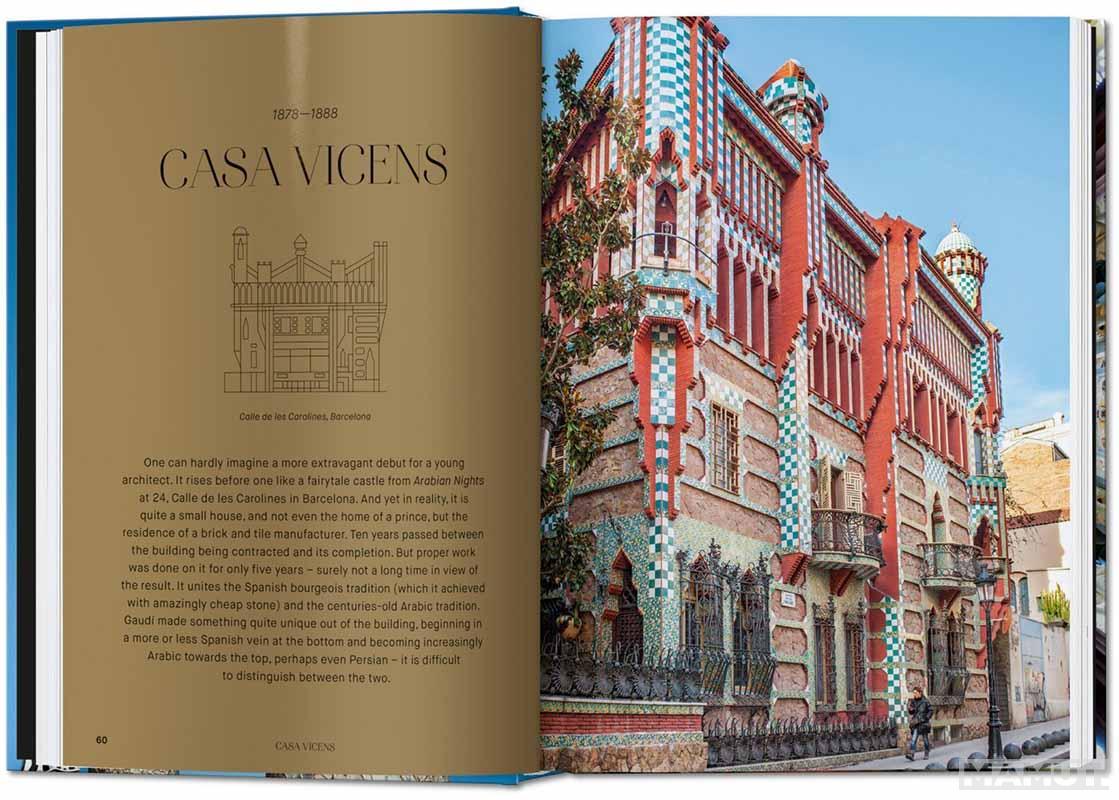

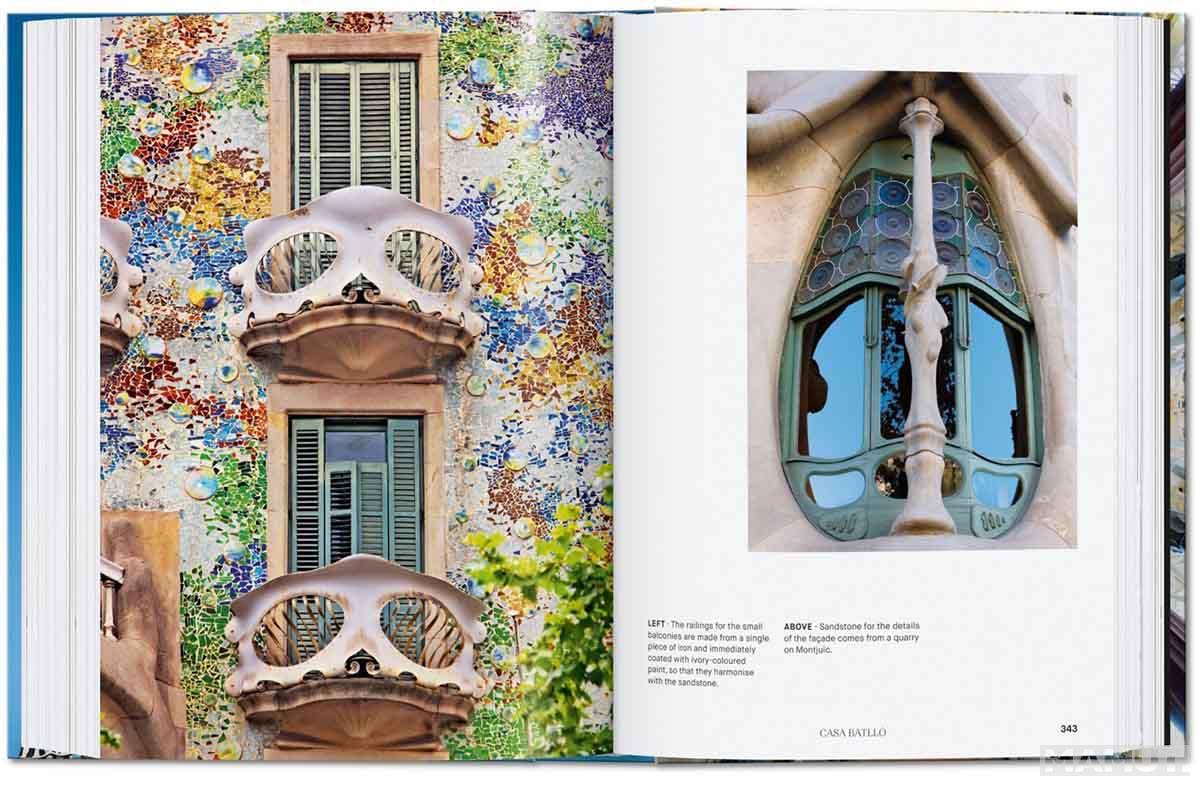

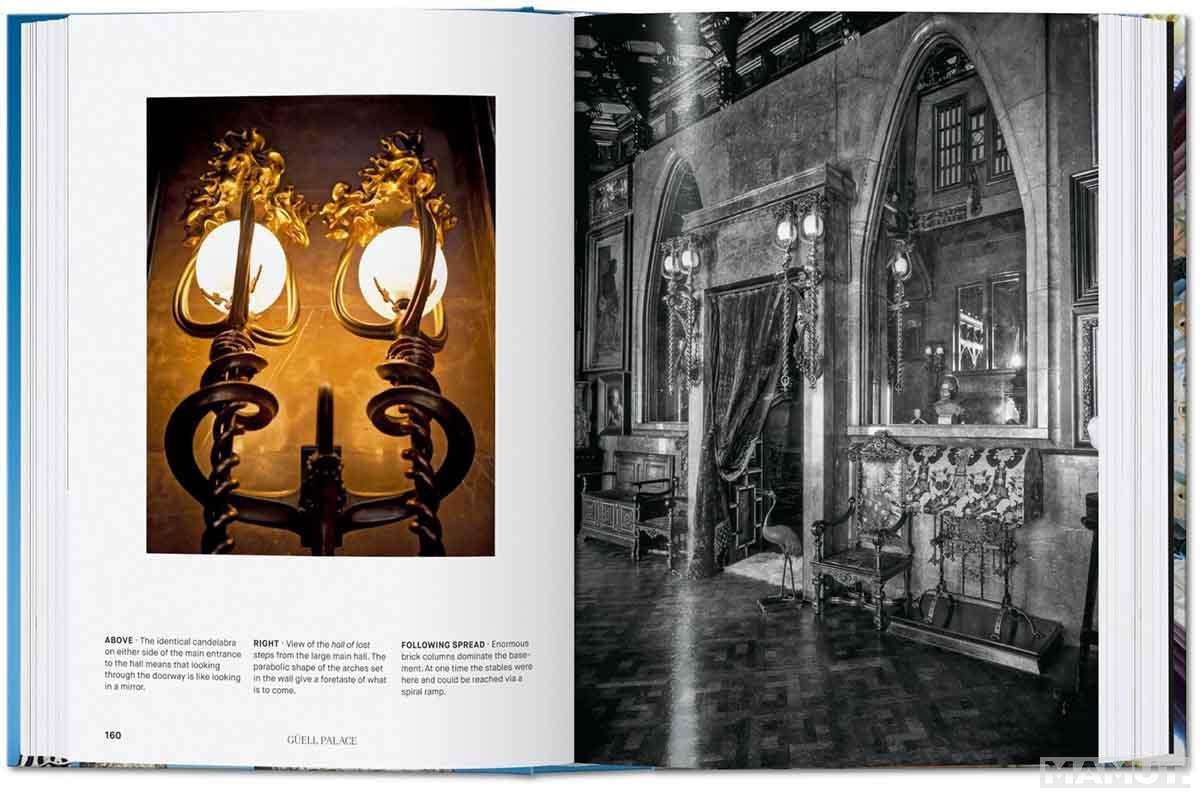



Kontaktirajte nas preko ovog linka.
| Karakteristika | Vrednost |
|---|---|
| Kategorija | ARCHITECTURE |
| Autor | Rainer Zerbst |
| Težina specifikacija | 0.5 kg |
| Izdavač | TASCHEN |
| Pismo | Latinica |
| Povez | Tvrd |
| Godina | 2020 |
| Format | 16x20 |
| Strana | 512 |

Kontaktirajte nas preko ovog linka.
Saznajte prvi o najboljim ponudama
